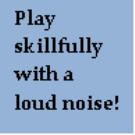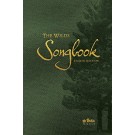The resurrected Jesus is announced to be the Judge-designate. . . . Without this point, we might be tempted to think of the resurrection as something tremendous that happened to him but which has no relation to us at all. Without this statement that the resurrected Lord is the Judge-designate, we might believe the story of Easter and comment, ‘Terrific! But after all, that was Jesus. What has that got to do with us?’ Verse 42 [of Acts 10] answers this question by linking our destiny to that of Jesus, for it tells us that Jesus is every man’s Judge. This statement says that the man whom God designated to judge us is the man executed on Golgotha and raised on Easter. If, then, our destiny depends on the verdict of this Judge, we must recognize that the story of Jesus is the story of the one who will be the arbiter of our status before God. Suddenly for each individual, the story of Jesus is transformed from a piece of interesting ancient history to the disclosure of ‘where my destiny hangs.’ This change makes the story of Jesus real news. But it still does not show why this is good news; it could just as well be bad news. . . . These words [v. 43] transform the information about Jesus into the good news for all mankind. According to this early sketch of the gospel, the good news consists of the headline that the Judge forgives those who believe on his name. That is, he forgives those who believe he is really the Judge. Here is the heart of the good news in this sermon: The Judge forgives.
—Leander E. Keck, Mandate to Witness: Studies in the Book of Acts, 68-69; bold added.
Copyright © 2011-2025 by Rajesh Gandhi. All rights reserved.







